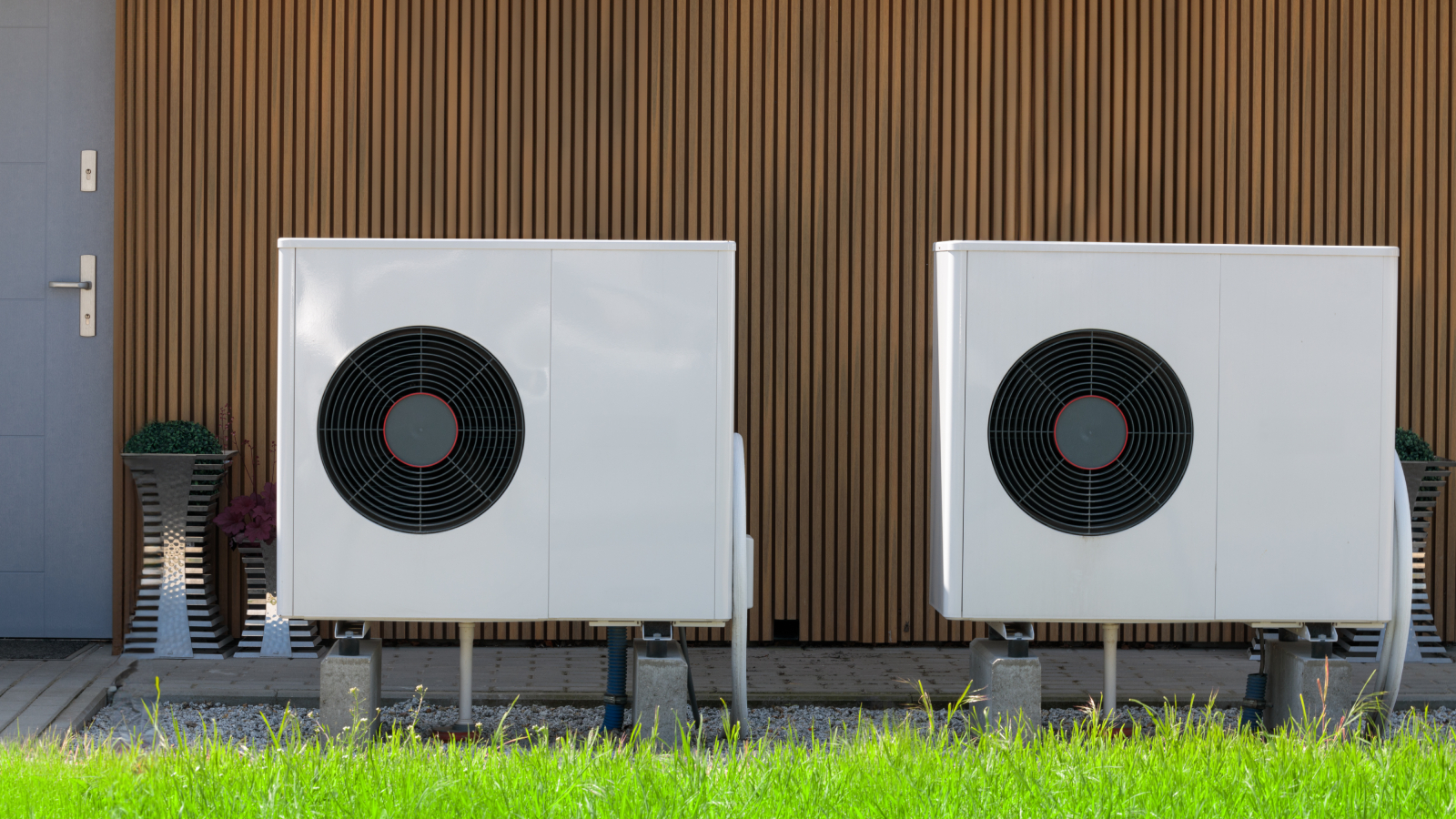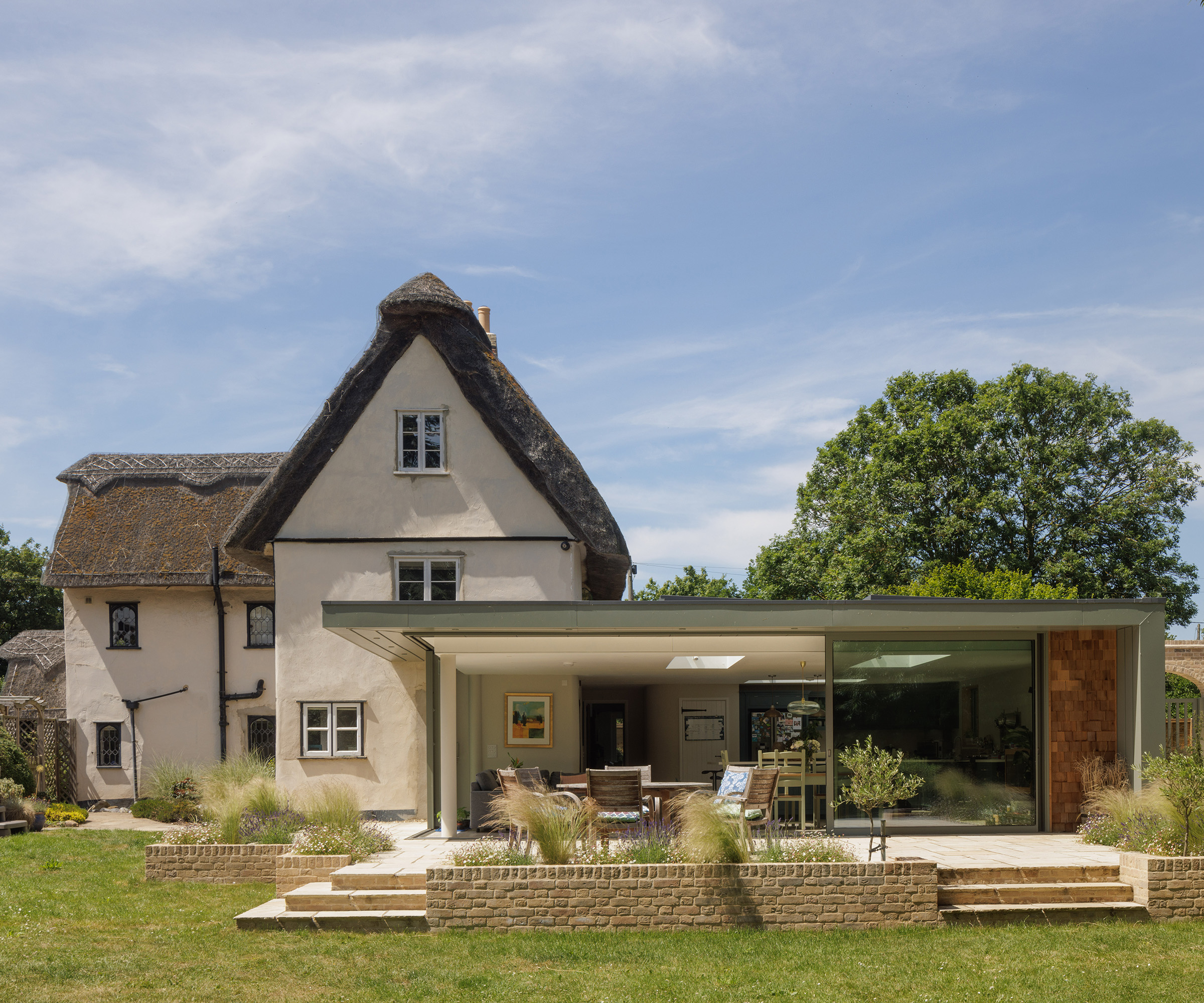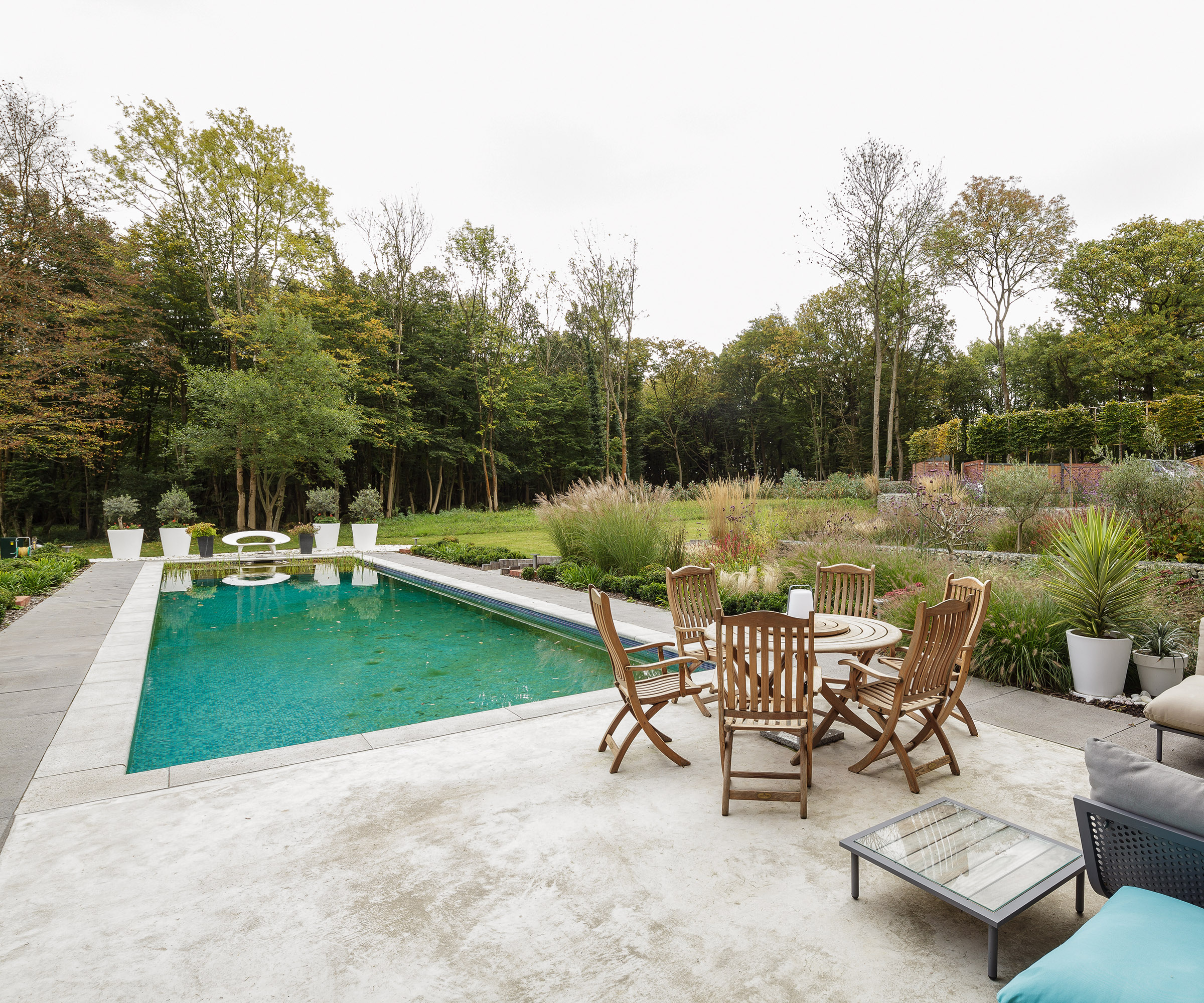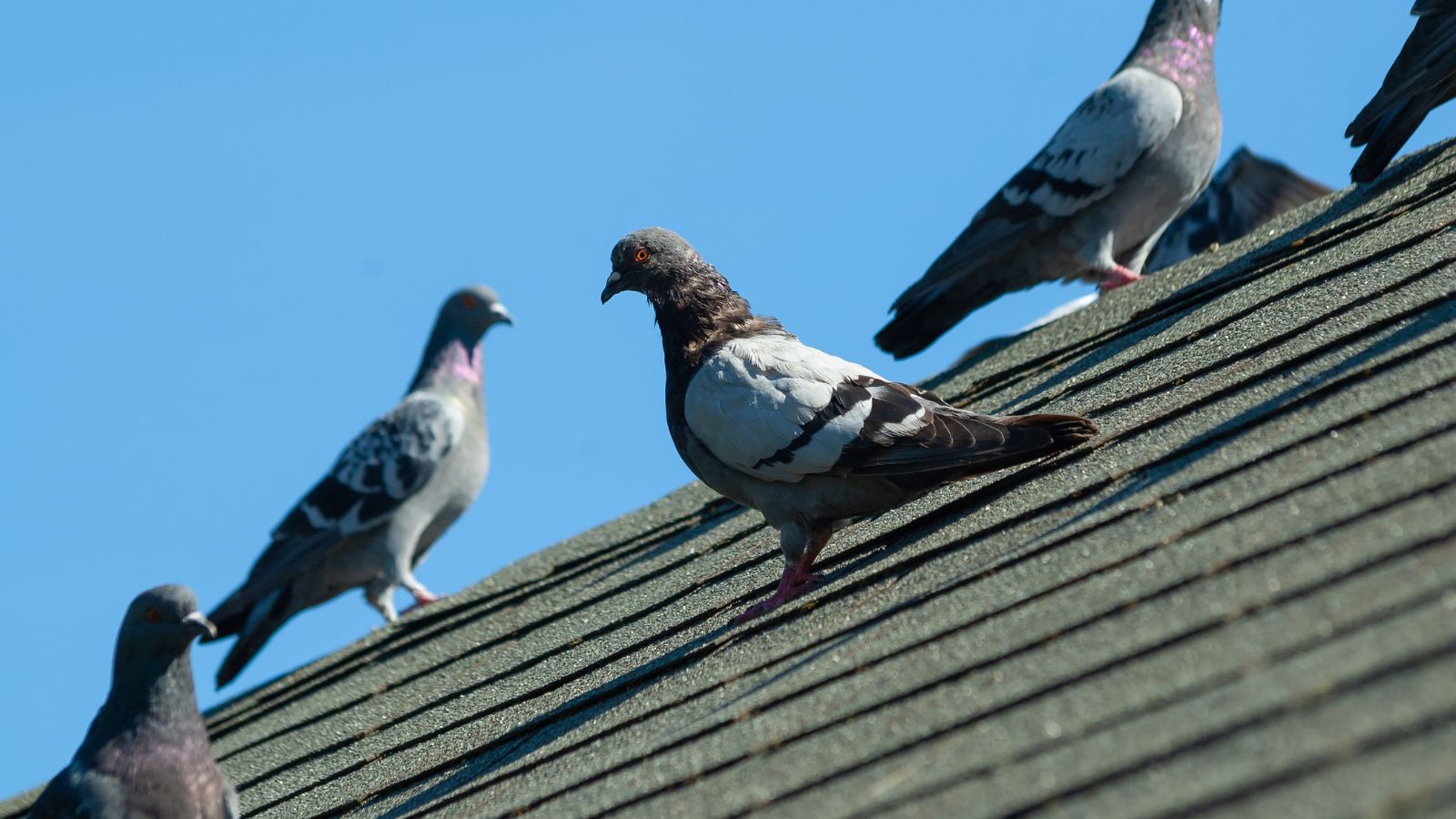Should I install one heat pump or two? Expert advice on this key decision
Although one heat pump is considered the norm, if you've ever wondered should I install one heat pump or two, here are the situations when it might make sense to double up

Legislation and the pursuit of energy efficiency in our homes is pushing most homeowners to consider heat pumps as an alternative heating solution to fossil fuel boilers. There are however a few differences between the two technologies with the key one being that heat pumps do not deliver the same amount of heat that we get from a boiler.
Whereas we only need one boiler in a home we may need, or choose, two heat pumps instead to meet all our energy needs.
But is this necessary in every home? Are there key circumstances when it's more essential than others, what are the pros and cons and how do you make two heat pumps work efficiently together?
I take a look at just what's involved to help you establish if you should install one heat pump or two.
Why to consider more than one heat pump
Air source heat pumps do not always deliver the same amount of heat as gas or electric boilers. Most air source heat pumps are sized at an ambient air temperature of 7°C and a delivered water temperature of 35°C. If the air temperature drops or the required water temperature increases, then the output decreases.
Heat pumps use some electricity to run and if a home only has a single phase electric supply then it is likely that the largest air source heat pump that could be connected to it will be around 16kW.
However, a 16kW air source heat pump will often only deliver around 11kW of energy in the worst case scenario. This still equates to the amount of heat required by a 300m2 home that is built to current building regulations standards, but anything above this either in terms of the size of your home, or factors influencing the amount of heat you need, could start to be problematic.
Reasons for installing more than one heat pump
There are a number of different reasons why you may need more than one heat pump.
1. Size of your home
If your home is larger than 300m2, then you may need more than one heat pump to deliver enough heat to service all of your home.
2. Condition or age of your property
While the answer to 'are heat pumps suitable for old homes?' is yes (with the right measures in place), if the heat loss for the building is higher than the heating capacity of the single heat pump, a second heat pump could be added to deliver more heat at colder times.
3. Need to separate space heating and hot water preparation
Another reason for having more than one heat pump is that you may choose to separate the space heating and hot water preparation. For example, if you've weighed up the differences between low, medium and high temperature heat pumps, you may have a lower temperature heat pump providing space heating and a higher temperature heat pump for hot water.
There are also smaller heat pumps that are built into the hot water cylinder. These are known as Exhaust Air Heat Pumps (EAHP) or micro heat pumps. The EAHP draws stale, humid air from the bathroom, kitchen or ensuite and then extracts the heat from that air before expelling it to atmosphere outside the home. The main outdoor heat pump can then concentrate on space heating and not be interrupted by hot water heating schedules.
4. Swimming pools or Jacuzzis
If you have a swimming pool, or hot tub spa bath (such as a Jacuzzi), which have quite high heat demands, then you may also chose to have a separate heat pump to provide heat to it. Many swimming pools require heat temperatures of only around 25°C so it makes sense to use a product that is optimised at those temperatures.

Pros and cons of two heat pumps
Pros
More than one heat pump can be a solution for properties with a higher heat load or where you may have different heat loads such as needing heat in the home, for a swimming pool / hot tub, and also for hot water.
It may also be an advantage to have more than one heat pump if the outdoor heat pump is positioned in a smaller garden as it will not run during the warmer months, which is when you are using the garden and have the doors and windows open.
Cons
If you choose more than one heat pump solution then there can be additional hurdles to overcome in the project.
Planning Two outdoor units would require specific planning permission. A single air source heat pump can be installed without specific planning permission as it falls under the General Permitted Development Order (GPDO) which is also often referred to as permitted development. Check your local planning portal for details of what steps need to be complied with the meet the requirements of GPDO. However you need specific planning for more than one fan unit installed in a property.
Cost Although the cost to install a heat pump won't necessarily double if you have more than one, the costs will increase. You may also need to spend more attention on air source heat pump positioning.
Extra work If you are using an EAHP as a second heat pump then you will need to plan for ducting to be installed discretely in the home. The ducts need to facilitate the extract of air from the wet rooms so early engagement with the architect or designer may be required.

How to operate more than one heat pump
If you have more than one heat pump, especially if they are both outdoor units that are delivering heat together, then careful control management will be required.
Many heat pump manufacturers have the facility to control more than one heat pump built into their standard controls but it may be that one heat pump is the master unit and the other is the sub. This may result in one of them doing more work than the other.
A cascaded system is where one heat pump heats up water and then passes it to the next heat pump to heat it further. This is acceptable if you are using two different refrigerants but the most common ways to install two or more heat pumps are to pipe them in parallel, or on what is called a reverse return, ensuring that all pipework is a similar length from each heat pump.
FAQs
Are there any alternatives to installing two heat pumps?
The alternative to installing two heat pumps is to fit a larger heat pump, usually on a more powerful electric supply such as three phase electricity. Other options would be to fit one heat pump and a boiler in what is known as a bivalent or hybrid system.
These bivalent systems can often make technical sense but as they are not eligible for the Boiler Upgrade Scheme grant as they are not often currently used.
If you're renovating a house, you could be considering switching to an air source heat pump in a quest to save money and make your home more eco-friendly. Find out is my home suitable for a heat pump and how much it costs to install a heat pump to help you choose the right option for your home and budget.
Get the Homebuilding & Renovating Newsletter
Bring your dream home to life with expert advice, how to guides and design inspiration. Sign up for our newsletter and get two free tickets to a Homebuilding & Renovating Show near you.
David is a renewables and ventilation installer, with over 35 years experience, and is a long-standing contributor to Homebuilding and Renovating magazine. He is a member of the Gas Safe Register, has a Masters degree in Sustainable Architecture, and is an authority in sustainable building and energy efficiency, with extensive knowledge in building fabrics, heat recovery ventilation, renewables, and also conventional heating systems. He is also a speaker at the Homebuilding & Renovating Show.
Passionate about healthy, efficient homes, he is director of Heat and Energy Ltd. He works with architects, builders, self builders and renovators, and designs and project manages the installation of ventilation and heating systems to achieve the most energy efficient and cost effective outcome for every home.

